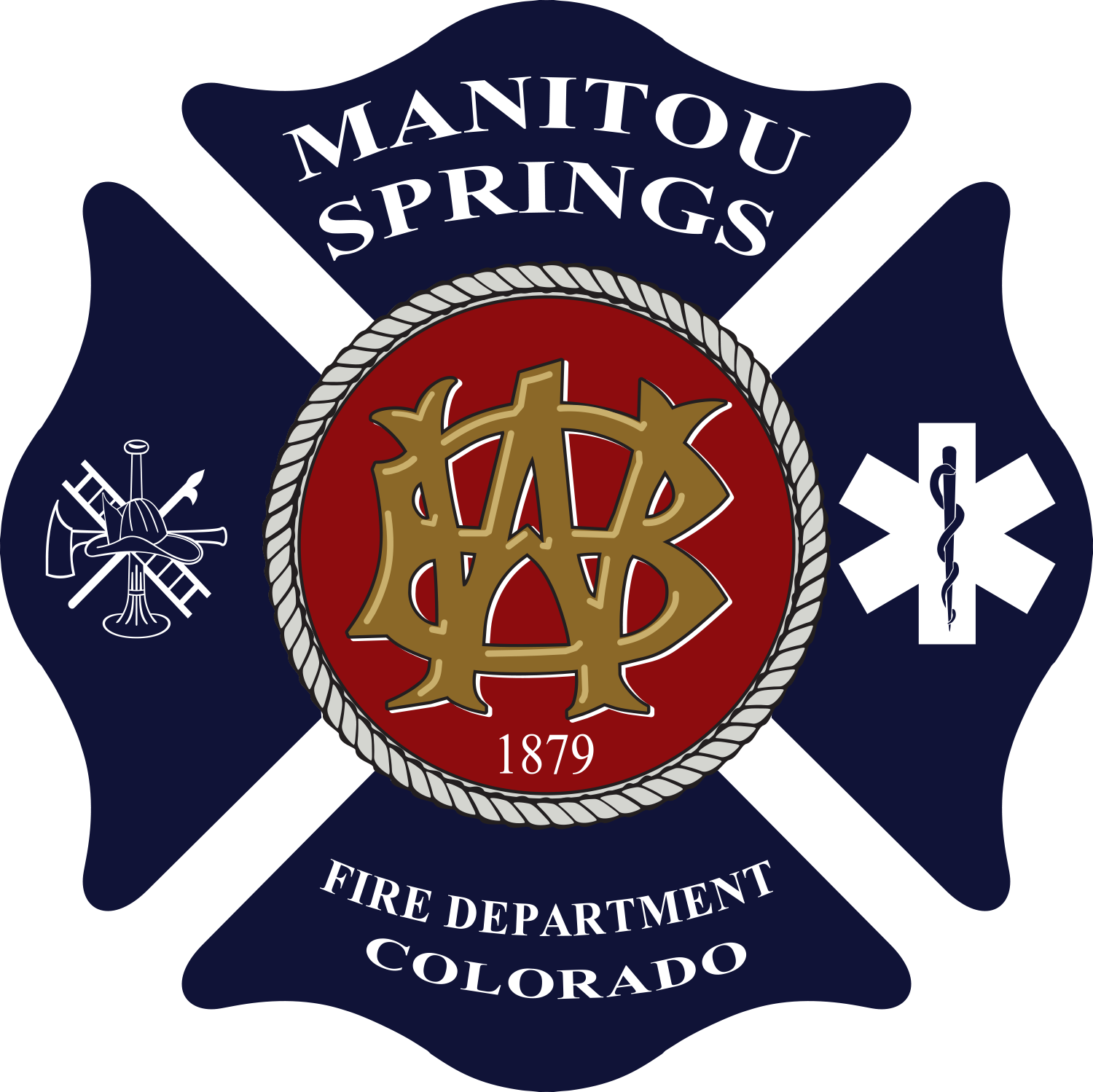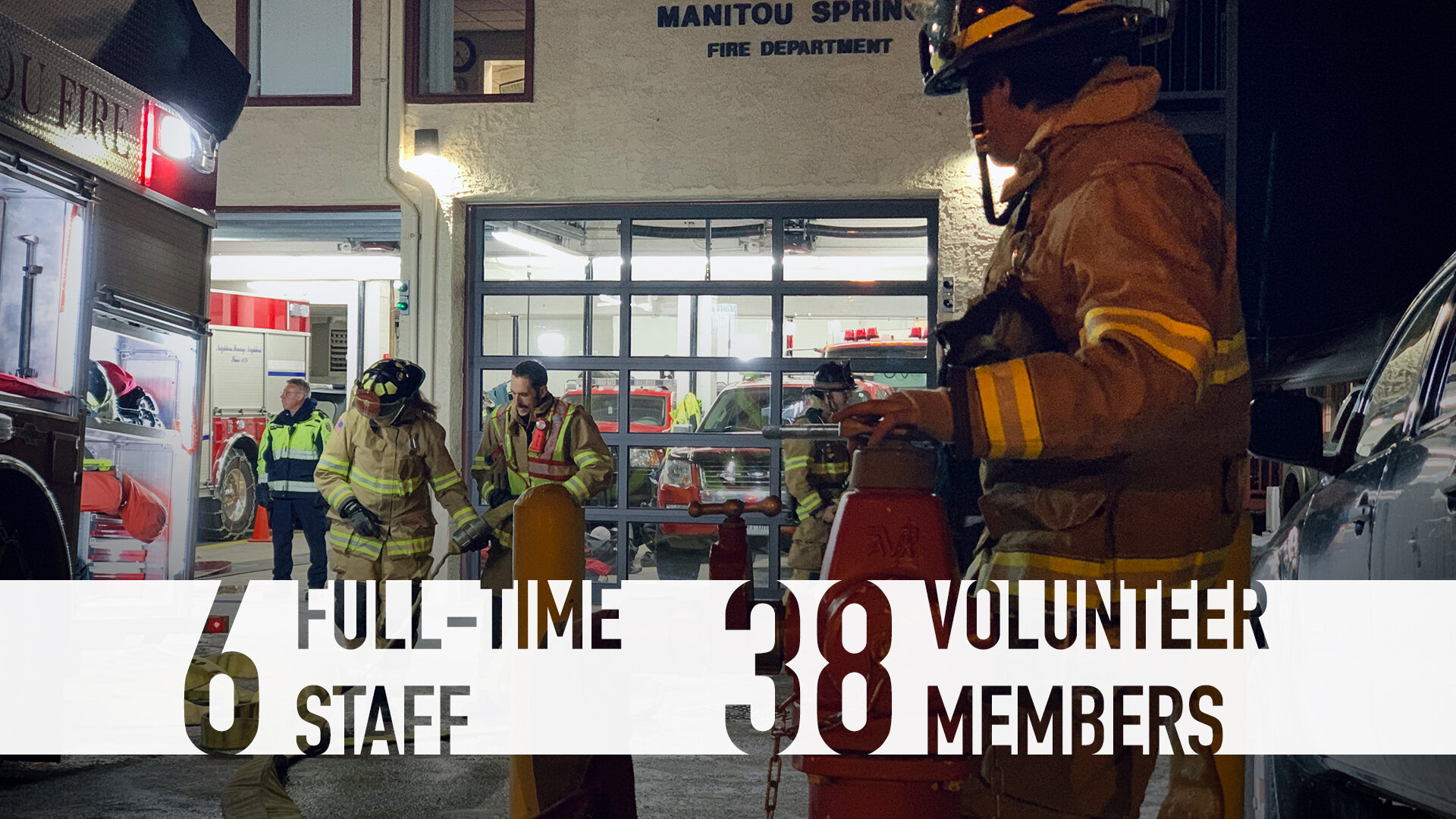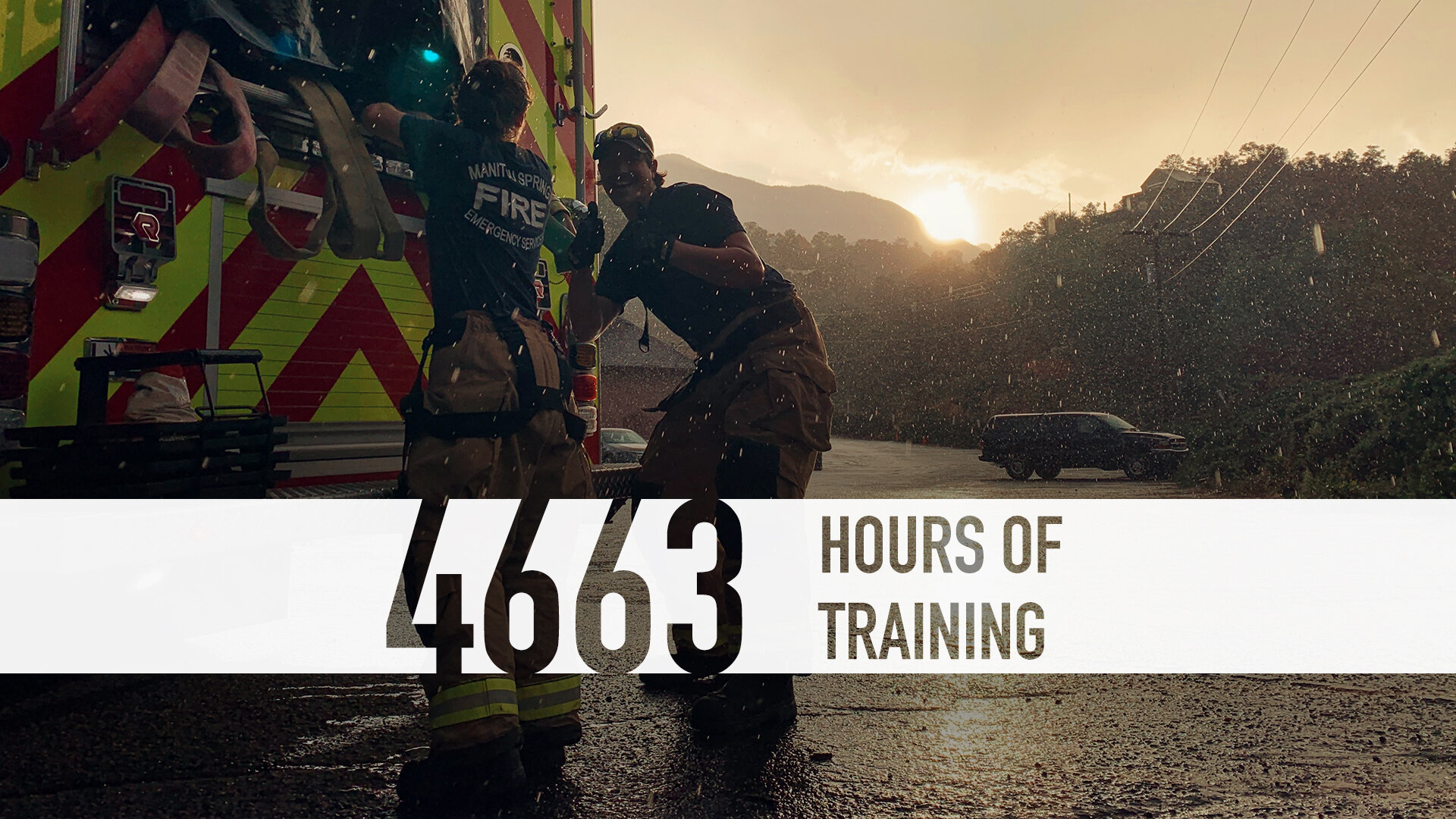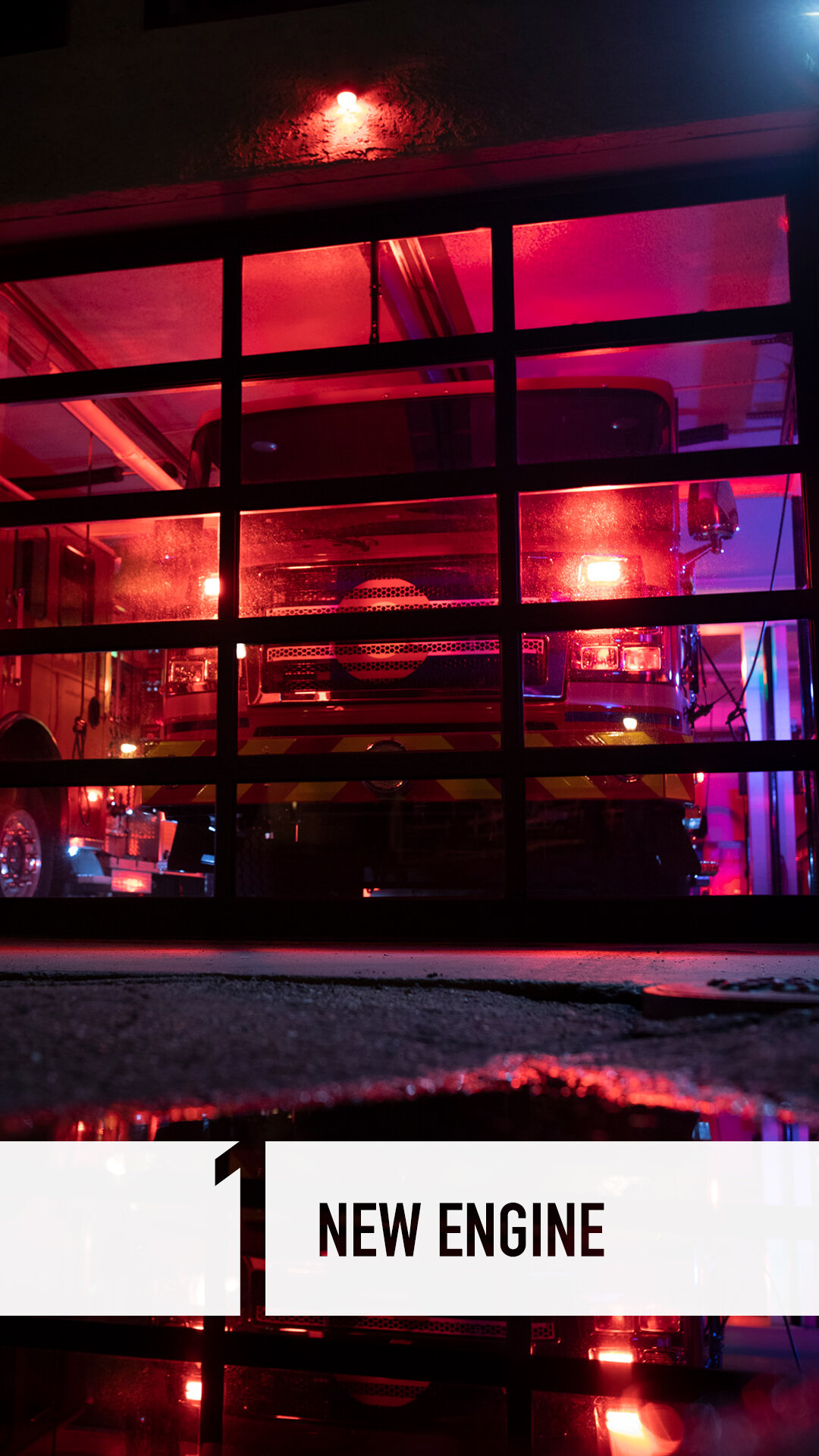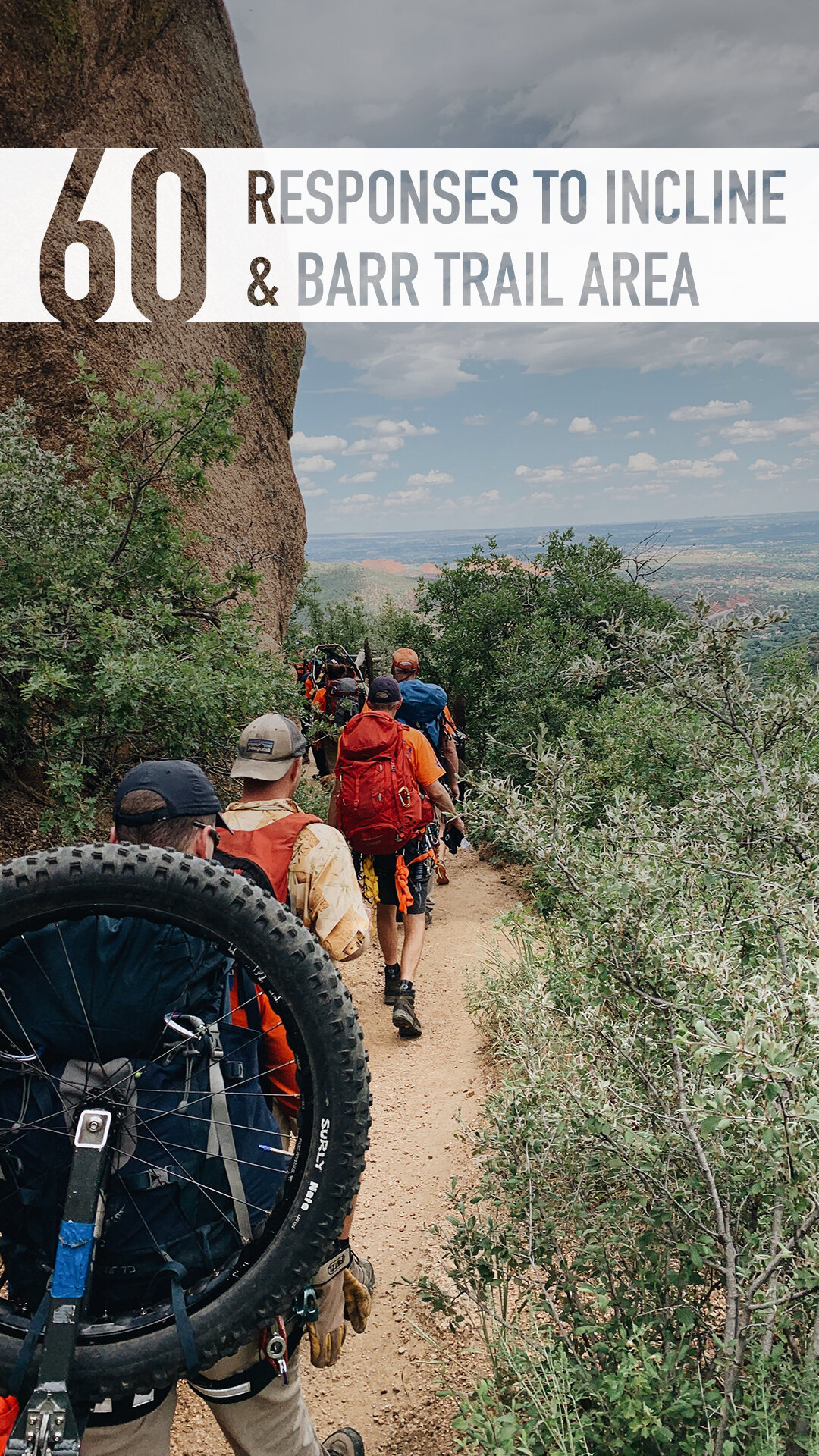It’s been a while since I have taken the opportunity to publicly share the tremendous efforts of the wonderful men and women of the Manitou Springs Fire Department. I am asking all of us as a community — citizens, property owners and businesses alike — to become knowledgeable and engaged.
It’s time to work with your neighbors and community to make Manitou Springs a fire-adapted community.
In June 2008, 27 fires caused by lightning strikes occurred in remote wilderness areas around Butte County, California. Collectively, these fires were known as the Butte Lightning Complex (BLC) and threatened the communities of Paradise, Magalia and Concow.
Those communities should all sound familiar, as they were also the same communities threatened by the Camp Fire, which destroyed the town of Paradise in November 2018.
In 2008, I and three other firefighters representing Manitou Springs traveled to California to join forces with other firefighters from across the nation to protect homes and businesses threatened by the BLC fire.
On one particular day, our task force was assigned to protect homes in a neighborhood along Paradise’s eastern edge, which overlooks a deep canyon feeding into Lake Oroville.
The night before, heavy windblown ember showers had kept firefighters busy and evacuation notices were in place. Not everybody leaves, though.
Among the homes we were assigned to protect was that of an elderly widow who did not want to leave her home. She invited us in, offered us endless glasses of iced tea and told us amazing stories of northern California.
The four of us spent a lot of time in and around the Paradise community, moving from one assignment to another. What I remember now, however, is how little it differed from Manitou Springs.
In November 2018, constant news coverage reported on the fires in California, most notably the Camp Fire. It was the deadliest and most destructive wildfire in California history and devastated the town of Paradise before it was extinguished.
Started by an electrical transmission line and fanned by high winds, the fire burned the equivalent of 80 football fields per minute.
Personally, I didn’t know I had a sense of a connection with Paradise until the Camp Fire. I watched every news source for information, I wanted to know everything, the cause, the evacuations, firefighting efforts and, most importantly, what happened to the community?
It finally hit me sometime after the main fire event, when one day I saw aerial photos of the town of Paradise. I looked particularly to the neighborhoods that we helped protect back in 2008.
They were gone. Absolutely nothing was left. The home with the friendly, wonderful elderly woman who gave us endless tea, nothing but ash.
Don’t believe that it can’t happen here. Our region is known for its unique topography, high foehn (Chinook) winds and dense vegetation.
We are also not immune from wildfires and their aftermath. Think about Hayman, Waldo Canyon and the Black Forest fires, most recently.
The Manitou Springs Fire and Planning departments, along with other stakeholders including regional, state and federal agencies, want to make every effort to reduce risk to our community and its assets.
To that end, many changes have been recently codified as they pertain to hazard mitigation for new development and redevelopment.
However, and rightly so, the Fire Department has no desire to codify or enforce fire mitigation codes for existing property owners. Folks live in Manitou Springs for a multitude of reasons; among those is the beautiful, cozy environment.
To offset this lack of code and enforcement and, more importantly, attempt to achieve an environment in Manitou Springs that maintains constant conversation and provides for a community that is considered fire adaptive, the Manitou Springs Fire Department has worked diligently to create a tool for the community. It will create awareness through education and provide actionable items for everyone to help make our city a fire-adapted community.
In 2019, Manitou Springs firefighters visited every property parcel in the city and conducted a survey that determined a wildfire risk rating from low to extreme for each property.
Using this data, the fire department created a map that provides a risk rating by color for each parcel. The map visually identifies not only single-parcel risk, but also the overall risk to neighborhoods and the community.
It’s our hope that you will use this data to not only make efforts on your own properties to become fire adaptive, but use the data to start dialog among neighbors and neighborhoods on ways to make our community safer.
By selecting each parcel, the map indicates why it was rated the way it was. This gives the property owners the knowledge necessary to make possible changes.
You can learn so much more by visiting our Wildfire Mitigation & Site Assessment.
Please click on each dashboard button to learn more.
Our firefighters have worked very hard to create this tool and they are always available to help you. Don’t forget spring cleanup, when you can take advantage of our Chipper Days.
Let’s go into this spring with solid personal and community goals and plans to reduce our wildfire risk!
